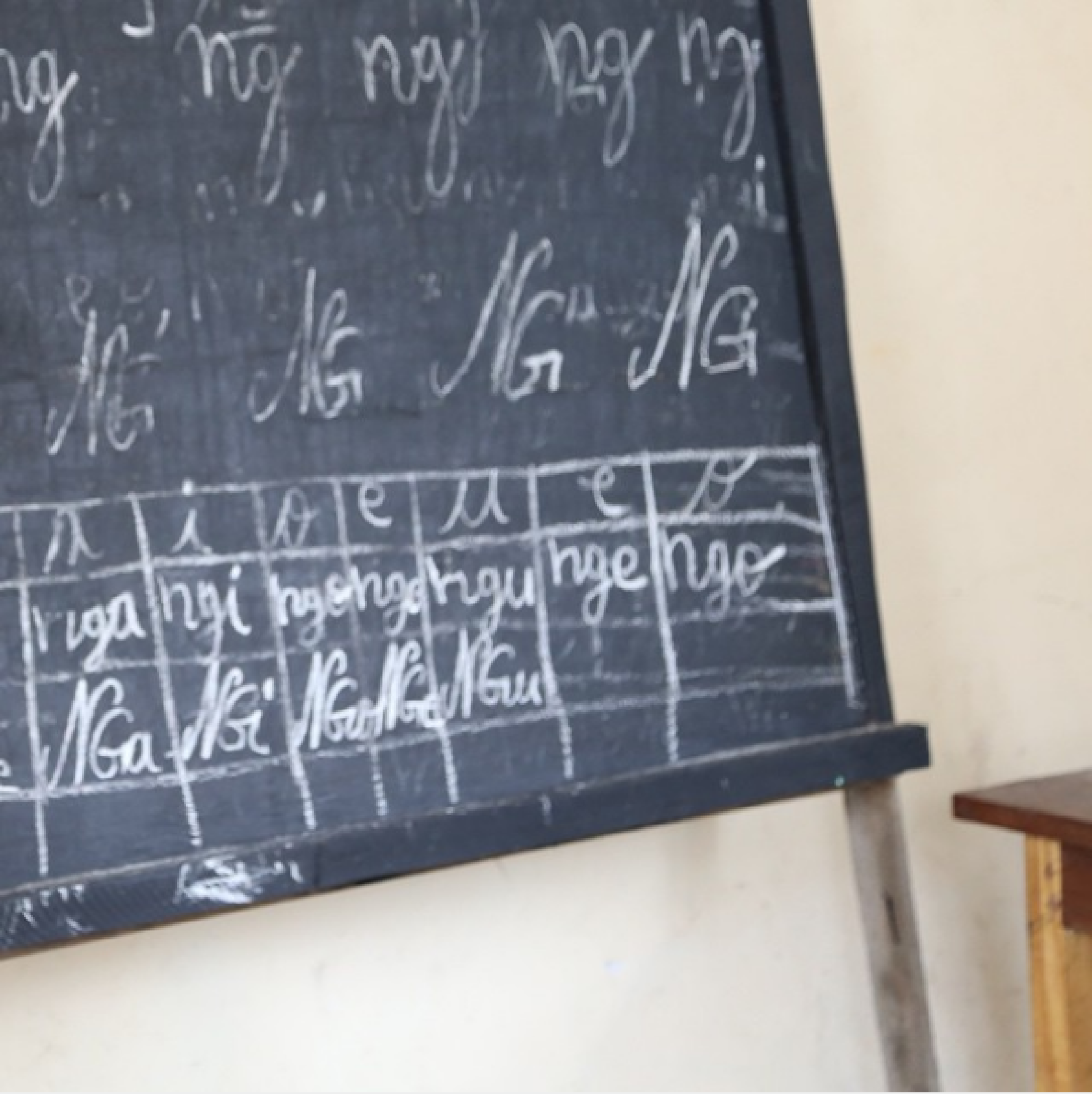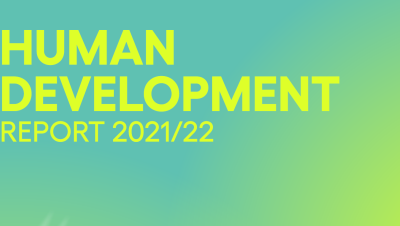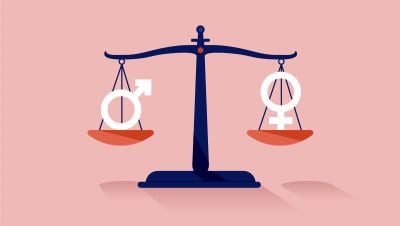Each year, the Human Development Index (HDI), the signature index of the Human Development Reports (HDR), captures headlines across the globe, as countries track their progress in education, health and income. Although the HDI is not a comprehensive measure of human development, it is a broader assessment of human well-being and it shows how, human development measures have become a touchstone in assessing progress over the last 25 years.
The HDI, which was introduced in the first Human Development Report (1990), has been pioneering in the field and remains one of the – if not the – most influential of indices in development debates. Other human development measures and indices have been progressively introduced to the reports. And today HDRs include a family of composite indices and indicators that are used every year to, among other things, analyze a critical theme, providing a broad lens to understand human progress and, hence, influence development thinking.
But, today, with new conceptual understanding and greater availability of data, there is an opportunity to work towards even more meaningful and more relevant measures of human development progress. With the world adopting a new development agenda with Sustainable Development Goals (SDGs) at its center, the need for revisiting various measures for human development is also there. The 2016 Human Development Report 'Human Development – the Way Ahead' aims to strengthen how human development outcomes can be assessed in several fundamental ways.
With better data, it is now possible to have measures of human development progress at a finer level of granularity. This would enable the 2016 Report to focus not only on average achievements in a country, but also to consider the distribution of outcomes to better illustrate inequality of opportunity and outcomes for different groups (e.g. gender, socio-economic groups, ethnic minorities, persons with disabilities, older people etc.). The existing indices for gender equality and women’s empowerment in the realm of human development will also be revisited.
It is also imperative to look at the quality of human development achievements, not only their quantity. Over the years, many societies have seen considerable progress in human development - for example, higher school enrollment rates with many more children completing primary education than in previous decades. But this does not represent sustainable human progress unless these children can read and write properly. With more relevant data now available, the 2016 Report will look at the quality of human development outcomes (in this case learning) rather than inputs or outputs (such as enrollment rates).
Over the last 25 years, the conceptual understanding of what human development means has evolved. When looking ahead, it is natural to ask how the existing indices can be complemented to reflect broader understanding of human development. How could environmental sustainability, inter-generational equity or human security, for example, be better addressed in terms of human development indices?
Likewise, efforts are being made now to assess individual well-being through various measures – happiness surveys, big data or real time data and so on at the national and regional level. The 2016 Report will explore whether measures of subjective wellbeing can help assessments of human development across the world.
Exploring ways to go beyond an index
A comprehensive picture of human development calls for composite indices to be complemented by new ways of presenting data such as a dashboard of relevant indicators, to achieve in depth understanding of specific issues. When assessing human progress, the 2016 Report will also look for comprehensive ways of presenting data, perhaps also including dashboards to measures of gender equality and sustainability.
As discussed in my previous blog, the 2016 Report will aim to make a contribution to the 2030 Agenda for Sustainable Development. The Report will explore how human development and Agenda 2030 indicators can reinforce one another. For example, could some of the human development indicators be matched to the agreed indicators for the SDGs? And could some of the SDG indicators shed new light on aspects of human development: if so how might the HDR best capture those insights?
The development landscape of 2016 is very different to that of 1990 when the first human development report was released. But just as the landscape has changed, so too have the available indicators and data that are vital for understanding the directions in which we want to head, and designing the policies to get there.The next Human Development Report will signal directions for progress in human development assessment for the next 25 years.
The HDialogue blog is a platform for debate and discussion. Posts reflect the views of respective authors in their individual capacities and not the views of UNDP/HDRO.
HDRO encourages reflections on the HDialogue contributions. The office posts comments that supports a constructive dialogue on policy options for advancing human development and are formulated respectful of other, potentially differing views. The office reserves the right to contain contributions that appear divisive.
Photo credit: UNDP DRC


